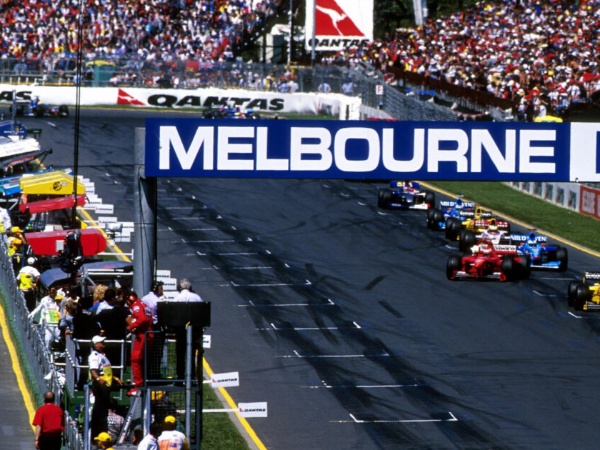views : 762
2 Min Read
Australian Grand Prix: The Pulse of Melbourne
The Australian Grand Prix made its move to Melbourne in 1993, when a deal was struck to bring Formula 1 to the vibrant city. Instead of building a new venue from scratch, organizers chose to create a semi-permanent street circuit using existing roads around the scenic Albert Park. The layout primarily incorporates Aughtie Drive and Lakeside Drive—public roads you can actually drive on yourself—along with a short detour through the Lakeside Stadium’s car park to complete the loop. After Adelaide hosted its final Grand Prix at the end of 1995, it took just four months for Formula 1 to return to Australia—this time in Melbourne—for the opening round of the 1996 season. The debut race at Albert Park was packed with excitement and remains memorable for one of the sport’s most dramatic crashes.
On the very first lap, Martin Brundle’s Jordan was launched into the air after making contact with the rear of Johnny Herbert’s Sauber at Turn 3. The crash was terrifying but thankfully ended safely, with Brundle famously sprinting back to the pits to take the restart in a spare car. Since then, Albert Park has become a fan-favorite season opener, known for its picturesque setting, enthusiastic crowds, and unpredictable racing.
As a temporary street circuit, Albert Park presents a unique set of challenges for teams and drivers. The track surface is often quite bumpy, and with limited racing activity throughout the year, it tends to be slippery at the start of the weekend. Grip gradually improves as rubber builds up during the sessions. The circuit demands a finely tuned chassis and sharp front-end responsiveness, especially in high-speed sections like the sweeping Turn 11-12 chicane, where drivers need confidence to commit and carry speed. Despite being a street track, Albert Park is one of the faster circuits on the calendar—Lewis Hamilton’s 2018 pole lap averaged an impressive 235 km/h.
Beyond the racing, Melbourne is consistently ranked among the world’s best cities—and it truly comes alive during Grand Prix weekend. The city offers an unbeatable mix of culture, coastal charm, top-tier dining, and a buzzing nightlife scene. The race takes place during early autumn in Australia, meaning the weather is usually mild and ideal for outdoor fun.
For fans attending the event, the Waite Grandstand provides an excellent view of the cars at full speed through Turn 12, while the Brabham Grandstand at Turn 2 puts you right in the action as drivers fight for position through the first chicane. If you’re after a more relaxed experience, the general admission areas near Turns 9-10 or 11-12 on the far side of the lake are perfect for a picnic-style race day, combining great views with a laid-back atmosphere.
